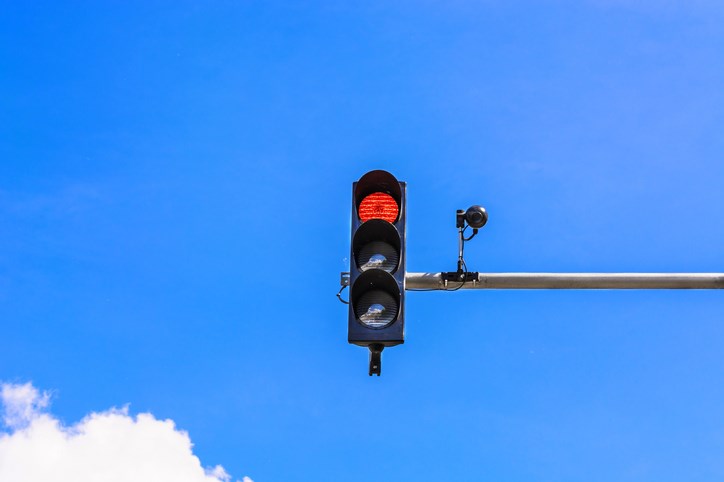Last month, the City of Richmond revealed the installation of 110 new cameras in an effort to investigate car crashes.
This is not the only municipality in British Columbia where pedestrians can encounter handwritten pleas affixed to lamp posts, asking residents to remember if they witnessed a vehicle collision.
Advances in technology can assist municipalities and authorities in their efforts to both reduce car crashes and catch drivers who decide that existing regulations do not apply to them.
The Richmond experiment, which is now fully operational, is happening with the blessing of the province’s Office of Information and Privacy Commissioner. The objective is to collect data on issues such as traffic volume and red-light running, in order to develop preventative measures.
For the past four years, Research Co. and Glacier Media have gauged the views of British Columbians on automated speed enforcement. The concept entails relying on cameras or sensors to pinpoint when a vehicle is speeding and issuing tickets to the vehicle’s owner. British Columbians of fringe political persuasions can be exceedingly vocal in their opposition to this concept. This stance, however, is not shared by most of the province’s residents.
Red light cameras have been around for more than a decade in British Columbia, but their conversion into speed-on-green intersection devices is relatively new. This type of automated speed enforcement can capture vehicles that speed through intersections. While there are currently 140 red light cameras installed across 26 communities in the province, only 35 of these devices have been converted into speed-on-green intersection cameras.
In our most recent survey, 71% of British Columbians approve of the use of speed-on-green intersection cameras – a proportion that rises to 74% among women and 78% among residents aged 55 and over.
The highest level of support for speed-on-green enforcement is observed in northern B.C. (82%), followed by Vancouver Island (77%), the Fraser Valley (74%), southern B.C. (73%) and Metro Vancouver (68%).
The use of speed-on-green intersection cameras is in its infancy and this and other technologies have not reached all areas of the province uniformly. At this point, there is only one red light camera in northern B.C. – situated on the intersection of 15 Avenue and Ospika Boulevard in Prince George – but it has not been retrofitted to work for speed-on-green enforcement. In fact, 32 of the 35 speed-on-green cameras are located in the Lower Mainland. Two have been installed in Kelowna and one in Nanaimo.
There are three other types of automated speed enforcement that, while currently not present on the province’s roads, continue to garner the backing of a majority of British Columbians.
More than seven in 10 of the province’s residents (72%) approve of the use of fixed speed cameras, or devices that stay in one location and measure speed as a vehicle passes. Almost two-thirds of British Columbians (64%) are in favour or relying on mobile speed cameras, or devices that can be moved from place to place to measure speed as a vehicle passes.
As has been the case since 2018, point-to-point enforcement is the most controversial type of automated speed enforcement. Just over half of the province’s residents (53%) approve of this method, which uses cameras at two or more distant points on a road. The average speed of vehicles that pass between points is calculated and tickets are issued to vehicles whose average speed over the distance was excessive.
The COVID-19 pandemic brought health measures that reduced the number of cars on the road. The Insurance Corp. of British Columbia reported a 20% reduction in the number of crashes from October 2020 to March 2021, which ultimately led to $450 million in savings for the period. Rebate cheques have already been issued to insured motorists across the province.
Insured drivers may get more rebate cheques if crash numbers continue to drop, and there is support for additional measures that could help achieve this goal. Earlier this month, we learned 61% of British Columbians are in favour of reducing the speed limit to 30 km/h on all residential streets in their own municipality, while keeping the speed limit on arterial and collector roads at 50 km/h.
There will be enormous difficulties in ensuring that lower speed limits are met on residential streets, if the province eventually decides to act on an issue that municipalities are already tackling. When it comes to automated speed enforcement, the public has been on the side of the law for at least four years.
Mario Canseco is president of Research Co.
Results are based on an online study conducted from June 18 to June 20, 2021, among 800 adults in British Columbia. The data has been statistically weighted according to Canadian census figures for age, gender and region in British Columbia. The margin of error, which measures sample variability, is plus or minus 3.5 percentage points, 19 times out of 20.




